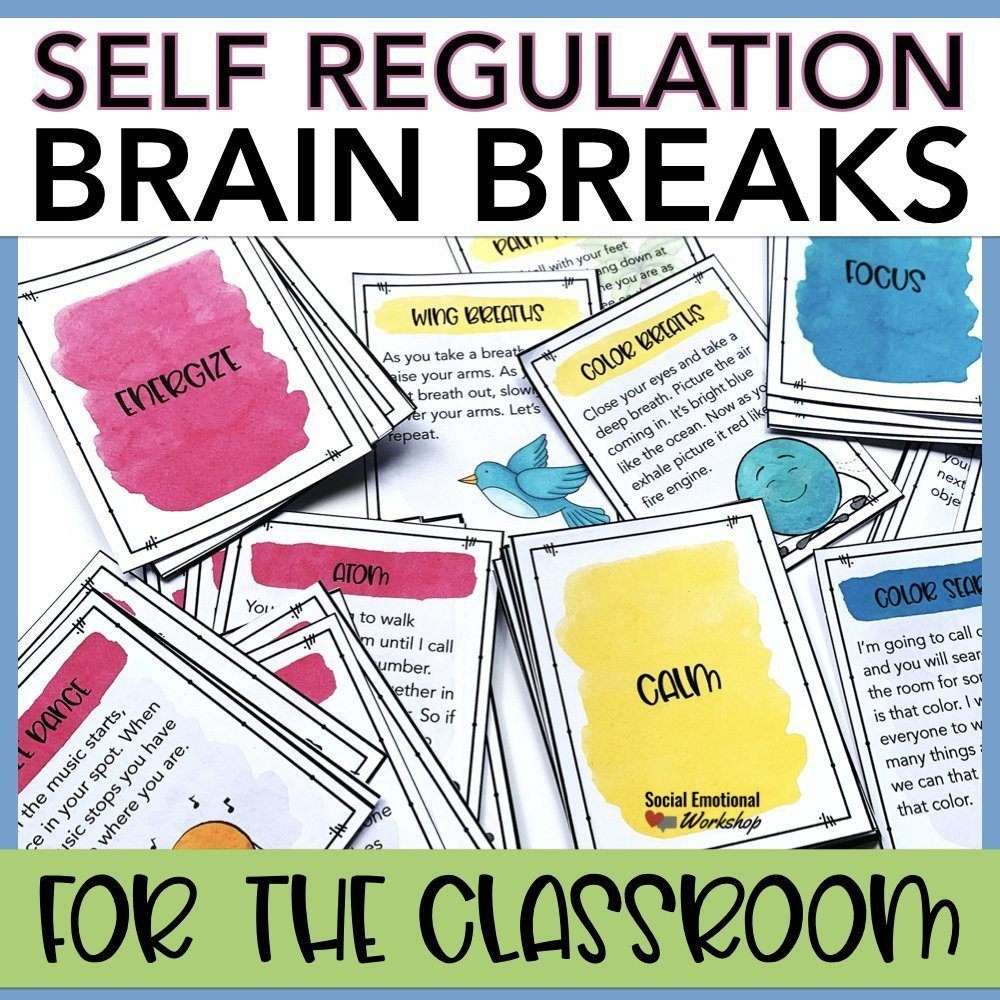I couldn't touch my toes for years. Yoga is only a part of my life if you count the pants. But even I know the value of integrating yoga in schools.
Studies have shown that it helps decrease symptoms of anxiety and improves self-esteem and classroom behavior.
The benefits hit home for me during my first summer as a site director for a camp for students with autism. We had yoga classes two days a week. I had a particularly challenging, dysregulated six-year-old that summer. I didn't think of yoga as something to try with him, and his group wasn't scheduled for class.
But one day, an epic meltdown and running away from his group led him into the middle of yoga class. He went from tears and screaming to trying to do a tree pose in the middle of ten 13-year-olds.
From then on, his intervention plan included his most preferred coping strategy: five yoga poses and deep breathing.
When I returned to school in the Fall, yoga and my inflexibility came with me.
Movement Breaks
Yoga is perfect for the classroom at any level or setting. Many yoga poses can be done seated or standing behind a desk—no mats required.
Teachers at the elementary level incorporate movement throughout their day since students are staying in classes. Many teachers have a jar of activities to use when students are restless or unfocused.
Consider using yoga in place of or with these types of activities. It is also something to suggest to your physical education teacher.
Transitions
Many teachers have found incorporating a mindful minute or a yoga flow after recess or other high-energy activities beneficial. This can help calm students and reengage them in the next activity.
I have used this with high-energy counseling groups. Think of 5 boys referred for impulsivity issues. 🙂 We would begin and end each session with a yoga flow. It did wonders for their focus, our productivity, and my sanity.
If you have sequences of 3-5 poses that students can do, it is easy to have them go through a flow a few times as they transition.
Deescalation & Coping Skills
Once students are familiar with yoga poses, they enjoy employing the strategy independently.
The student I mentioned earlier was reinforced by learning new poses and being able to add them to his coping skills toolbox.
With students who struggle with self-regulation, consider teaching them three poses they can use in succession. Pair that with deep breathing.
Identify with students when they would use the yoga strategy. For example, should they use it when they are bothered or angry? Where do they feel comfortable doing yoga poses?
Switch the poses or flows you are using to keep up the novelty.
Mindfulness Practice
For good reason, mindfulness has become popular in the last few years. It is effective at helping students regulate their feelings and actions.
Often, schools focus on guided visualization, guided meditation, and mind-body awareness. But yoga is another excellent mindfulness practice to incorporate and requires less space than people imagine.
Tips for Implementation
- Grab my kid-friendly yoga deck to have on hand.
- Make it fun and engaging. Students can play Follow the Leader, each matching a student's pose.
- Use yoga flows. This helps build confidence with the poses and allows students to implement it independently.
- Integrate with other practices such as mindfulness. Yoga is a way to become more aware and better regulated.
- Start small. Use a few poses that you feel comfortable with. It's okay if you aren't an expert.






This school year is not over yet but I need to start planning for next year. I am an SPED teacher and yoga will be implemented in my schedule for sure. Not an expert but it can’t hurt to try. Thank you!
exactly. It’s not about conducting a fitness class, but just bringing some calming movements into the day. 🙂
I teach gymnastics to kids. But this year would like to create awareness for yoga. Kids usually get bored within a short span. Need to do something to keep them motivated.
http://www.yoggokul.com